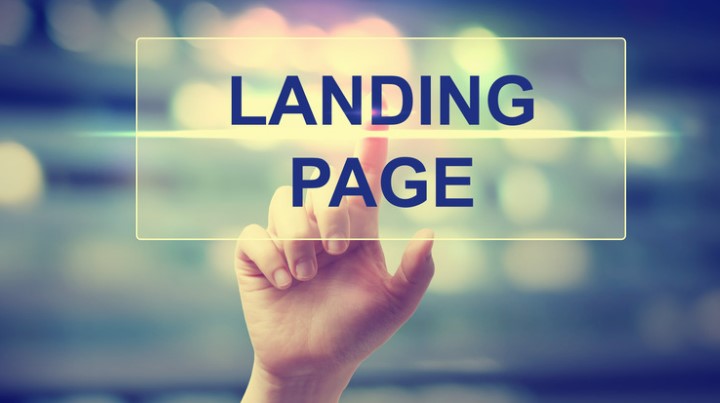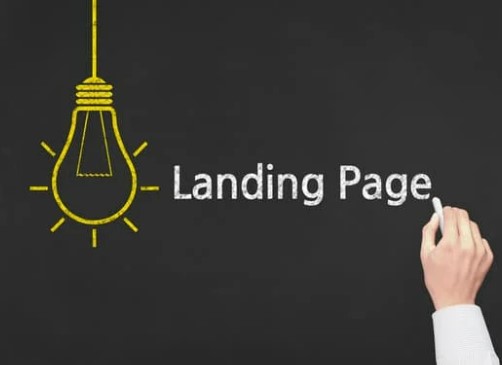Table of Contents
Landing pages are a very important part of the paid advertising landscape. Used for Google Ads, LinkedIn Ads, Bing and more. After all, they are the piece of the puzzle that turns traffic into leads. So, how do you get the most out of this pivotal device? In this article, we run through 5 solid gold tips to keep your landing pages at the top of their game.
5 Tips for Conversion Optimised Landing Pages
1. Stay focused on the objective
 The number rule of landing page design is to stay focused on the action you want your prospects to take off the back of it. Are you angling for a webinar sign up? A demo request? A free trial? A video content download? Make sure that the page you create has a clear, singular focus on this call-to-action (CTA) and everything included on the page is there with the aim of achieving that result.
The number rule of landing page design is to stay focused on the action you want your prospects to take off the back of it. Are you angling for a webinar sign up? A demo request? A free trial? A video content download? Make sure that the page you create has a clear, singular focus on this call-to-action (CTA) and everything included on the page is there with the aim of achieving that result.
2. Highlight the benefits of your offer
Secondly, make sure that you highlight the key pros of your offer. For example, if it’s an eBook for online learning you are promoting, highlight the primary insights and benefits your readers will be able to take away from it. Will it help them to streamline their processes? Manage their team? Put these front and centre so you make it hard for them to close your tab.
3. Include testimonials
 A must-have addition to any landing page is testimonials! Witnessing social proof can truly be the difference between a viewer seeing your page, and a viewer seeing your page and converting. It’s all about trust. Don’t go sparingly on this one – the more testimonials you have, and have permission to share – the better! Also aim to put customer logos on your page too to bulk up this trustworthiness.
A must-have addition to any landing page is testimonials! Witnessing social proof can truly be the difference between a viewer seeing your page, and a viewer seeing your page and converting. It’s all about trust. Don’t go sparingly on this one – the more testimonials you have, and have permission to share – the better! Also aim to put customer logos on your page too to bulk up this trustworthiness.
4. Optimise your forms
Forms are a CRUCIAL component in the conversion journey, so you want to make sure you really ace this one.
5. Remove the navigation
 Finally quick tip is to remove the navigation bar from your landing pages. This one might have you wondering – why would I not want to give my prospects the option to explore my business website? Well, if we circle back to point one, we want them to remain focused on the primary goal or call to action. Having a distractor like navigation could pull people away from the key objective.
Finally quick tip is to remove the navigation bar from your landing pages. This one might have you wondering – why would I not want to give my prospects the option to explore my business website? Well, if we circle back to point one, we want them to remain focused on the primary goal or call to action. Having a distractor like navigation could pull people away from the key objective.

